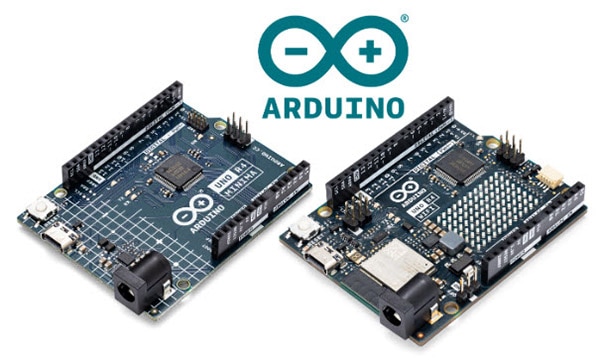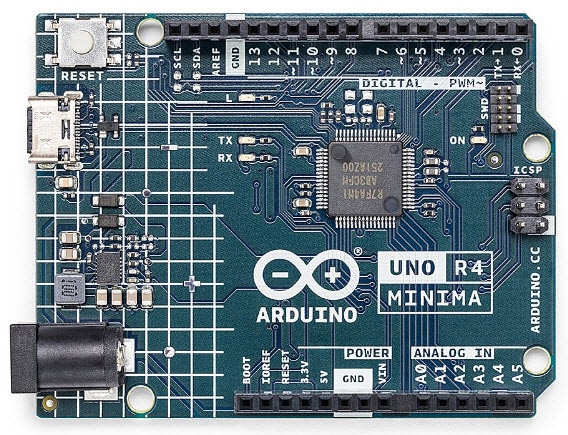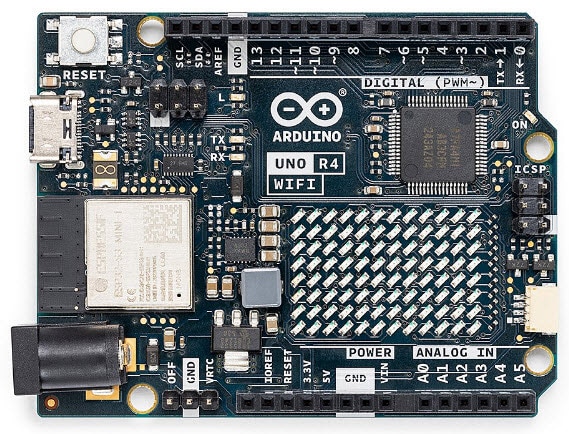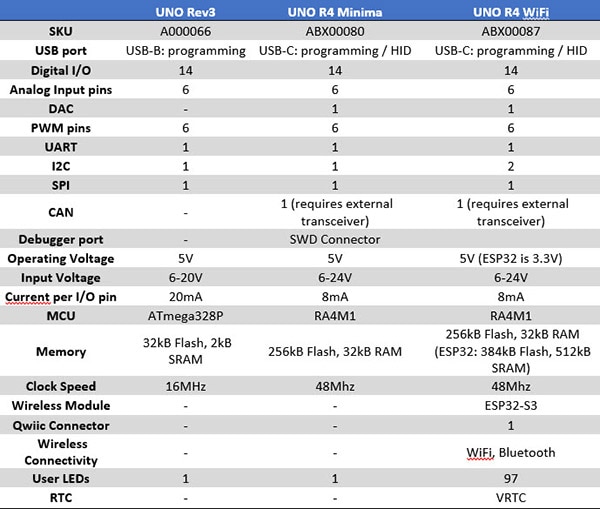制造商零件编号 ABX00080
ARDUINO UNO R4 MINIMA
Arduino
In the world of modern electronics, few things are as timeless and noteworthy as the Arduino Uno Rev3 with its socketed Atmega328 DIP chip. This board helped launch the maker movement we know today by tearing down barriers to DIY electronics projects when it was first released in 2010 – you’d be hard-pressed to find an embedded programmer today that hasn’t wielded this board at some time during their tenure. Therefore, the launch of a new UNO board is certainly something to make one stand and take notice!
Building upon over a decade of technological developments, Arduino has now released not one but two new boards to continue this legacy: the Arduino UNO R4 Minima and UNO R4 WiFi!

The Arduino UNO R4 Minima maintains the well-established UNO R3 form factor and pinout, along with 5V logic, making it directly compatible with all your favorite Arduino Shields. However, this new UNO is packing much more horsepower than the classic UNO. Fitted with a 48MHz 32-bit Cortex® M4 Renesas microcontroller featuring 256kB flash memory and 32kB RAM, this board is well suited for the most demanding of embedded applications. Additionally, the R4 features a modern USB-C port for programming and power that even allows the new UNO to act natively as an HID keyboard or mouse and an onboard SWD connector that supports advanced debugging capabilities. Finally, the UNO R4 now supports input voltages ranging from 6-24VDC on the VIN pin or via the DC barrel jack.

The Arduino UNO R4 WiFi sports all the features of the Minima, save for the SWD port, which is replaced by an error-catching mechanism that detects runtime crashes and provides detailed explanations and hints about the code line causing the crash, so you are not left without debugging support. In addition to the Minima’s feature set, the WiFi board sports an ESP32-S3 module, which provides the namesake WiFi functionality as well as Bluetooth connectivity. Further expanding the connectivity is a Qwiic connector for a solder-free, daisy-chainable interface with I2C expansion boards. Similar to the recent Arduino Giga R1 WiFi, the UNO R4 WiFi also features an onboard RTC that can be powered independently of the remainder of the board, allowing for timekeeping during deep sleep or complete power-down states. And finally, you will notice the board features a user-controlled 12x8 red LED matrix, often eliminating the need for an additional display shield.

Overall, the UNO R4 Minima and WiFi greatly expand the functionality and features of the classic UNO R3, presenting a new horizon for makers. However, for those closely tied to the UNO R3, there are no plans to discontinue the board, so compare all your options for an Arduino UNO below, and choose the board best suited to your next project.
